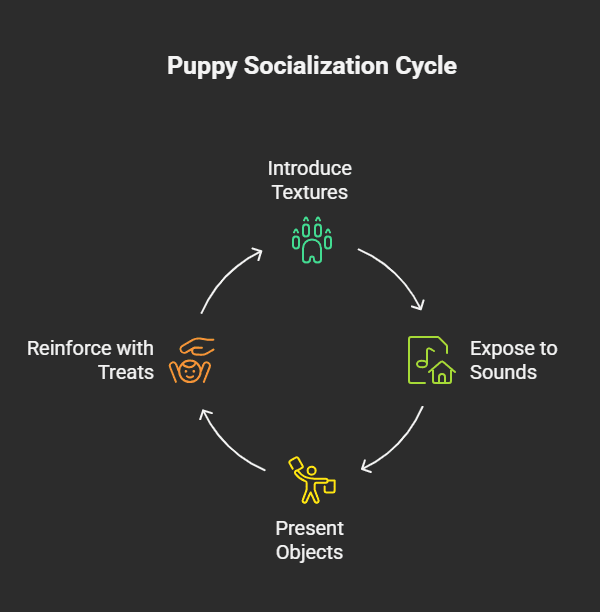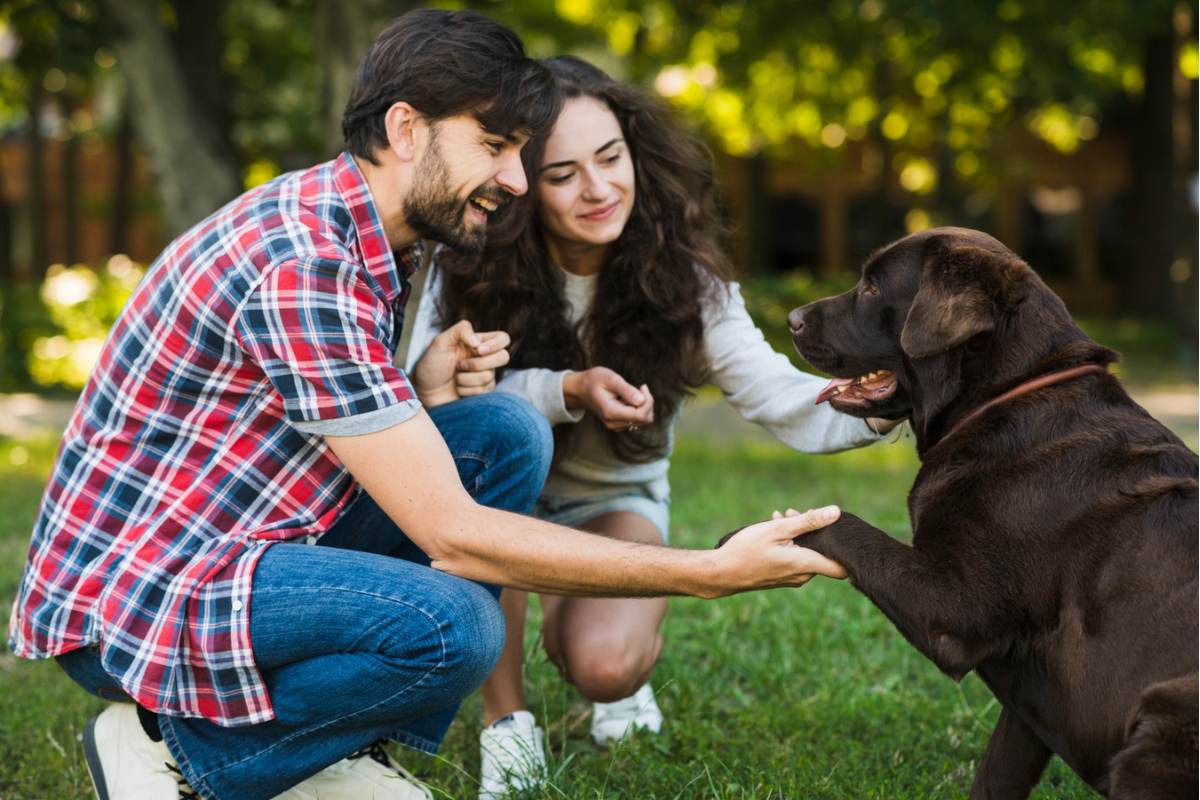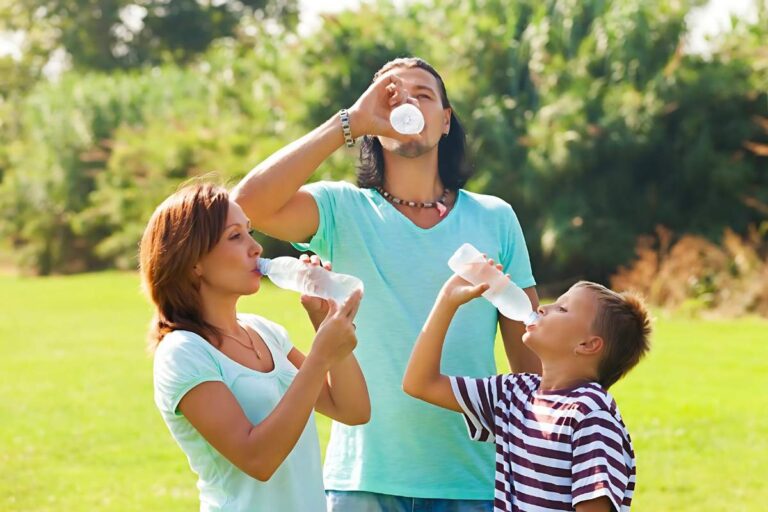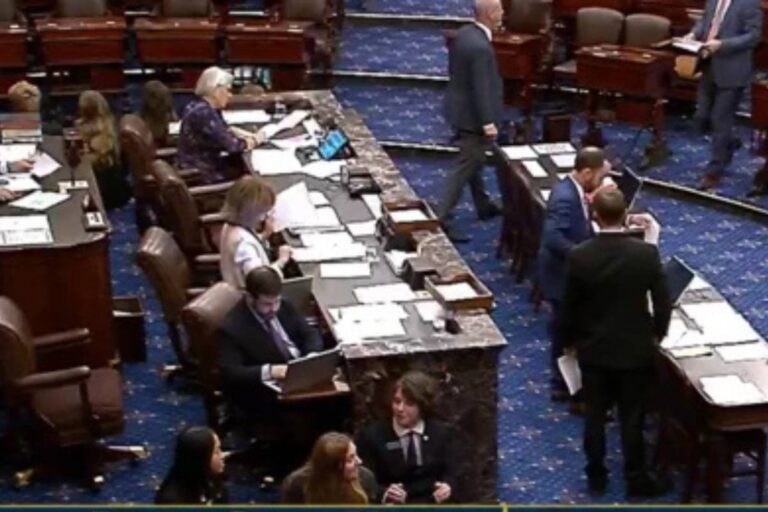So, you did it. You brought home a bundle of fluff, all paws and puppy breath. Your heart’s probably a gooey mess, right? It’s a love unlike any other. And in the middle of all the house-training and the searching for the perfect chew toy, there’s this one word that keeps popping up.
Socialization.
It sounds… official. Maybe even a little intimidating. Like it’s this big, complicated task with a final exam. But let’s just… take a breath. What if I told you that socializing your puppy is less about a rigid checklist and more about, well, sharing the world with your new best friend? It’s an art, not a science. A beautiful, messy, and incredibly rewarding art that will shape who your dog becomes.
Forget everything you think you know about just plopping a puppy in a park and hoping for the best. That’s not how we do it. This is about building a bridge of confidence for your pup, one that they can walk across for the rest of their life, tail wagging all the way. It’s about creating a dog who sees the world not as a big, scary monster, but as a place full of potential friends and exciting adventures.
And it all starts now. Like, right now.
The Ticking Clock You Can’t Ignore: The Magic Window
Here’s the kicker, and it’s a big one: there’s a biological timer on this whole thing. It’s called the Critical Socialization Period, and it’s a ridiculously short window, from about 3 to 16 weeks of age.
Think about that. In those few precious weeks, your puppy’s brain is like a super-absorbent sponge, soaking up every experience and filing it away as either “safe and cool” or “terrifying, must avoid at all costs.” What they learn now, what they see, hear, smell, and who they meet, form the very foundation of their personality.
After about 16 weeks? That window doesn’t just close; it pretty much slams shut. The sponge starts to dry out. A puppy who was once fearless and curious can suddenly become suspicious of new things. That friendly stranger, the rattling garbage truck, the neighbor’s cat… they all have the potential to become permanent boogeymen.
This isn’t to scare you. Not at all. It’s to empower you. Because knowing this means you hold the key. You have this brief, magical opportunity to immunize your puppy against a lifetime of fear. It’s the single most important gift, besides your love, that you can give them.
But What About Vaccinations? The Great Debate
Okay, let’s address the elephant in the room. Your vet, quite rightly, has talked to you about parvovirus and other nasty bugs. You’ve been told to keep your puppy away from public places and unknown dogs until they’ve had all their shots, which usually finishes up… you guessed it… right around 16 weeks.
It feels like a catch-22, doesn’t it? Socialize or protect?
Believe it or not, the experts have weighed in on this, and their answer is a game-changer. The American Veterinary Society of Animal Behavior (AVSAB) is crystal clear. In their official position statement, they argue that the risk of death from a behavioral problem (like fear-based aggression) resulting from poor socialization is far greater than the risk of contracting a disease when proper precautions are taken.
Let that sink in. Behavioral issues are the number one killer of dogs under three years old. Not parvo.
So, how do we do this? We get smart. We socialize safely. This isn’t about dragging your 8-week-old to a chaotic, high-traffic dog park. Heavens, no. It’s about controlled, positive experiences. Think quality over quantity.
Here’s your mantra: Socialize while you vaccinate, not after.
Your Puppy’s First Steps into the Big, Wide World: A How-To Guide
Ready to be your puppy’s tour guide to the universe? This is the fun part. It’s about creativity, observation, and a whole lot of treats.
It Starts at Home

Your puppy’s socialization journey begins the moment they cross your threshold. Your home is a treasure trove of sensory experiences!
- Surfaces: Let them walk on carpet, hardwood floors, tile, a wobbly cushion, a crinkly tarp laid on the ground. Let their paws feel different textures.
- Sounds: Don’t tiptoe around! Let them hear the vacuum cleaner (from a distance at first!), the whir of the coffee grinder, the clang of pots and pans, the doorbell, a podcast playing. The key is to associate these noises with normalcy, not alarm. Maybe give them a tasty chew while the vacuum is running in another room. They’ll start to learn, “Oh, that loud dragon just means I get a yummy treat.”
- Objects: Introduce them to the weird and wonderful. An umbrella opens and closes. A balloon floating by (supervised, of course). A big cardboard box that they can explore. Your floppy sun hat. Each new object is a chance to build courage.
Meeting the Locals: People and Pups
This is where it gets exciting. But remember, we’re the bouncers at our puppy’s exclusive club. Only good vibes allowed.
- People are Awesome (But Let’s Go Slow): The goal isn’t to meet 100 people in a week. It’s to have 100 positive experiences. Invite a friend over. Let them sit on the floor and ignore the puppy at first. Let the puppy approach them. Give your friend some of the puppy’s favorite treats to toss gently on the floor. No reaching over the puppy, no sudden movements. We want the puppy to think, “Wow, new humans make cheese appear on the ground! Humans are magic!”
Have them meet people of all kinds: men with beards, kids who can sit quietly and offer a gentle hand, someone wearing glasses, someone in a wheelchair. A friend of mine, Sarah, had a puppy, Buster, who was terrified of men in hats. So she made it a game. Every time a man in a hat walked by on the other side of the street, she’d click her clicker and give Buster a piece of chicken. Soon, Buster started looking for men in hats, his tail giving a little hopeful wag. He’d look at the hat, then back at Sarah, as if to say, “Where’s my chicken?” The hat was no longer a monster; it was a predictor of good things. - Canine Companions: Introducing your puppy to other dogs is crucial, but it has to be the right dogs. A playdate with your friend’s calm, vaccinated, adult dog who is known to be good with puppies? Gold. A free-for-all at the dog park with a dozen dogs of unknown temperament and history? Not. That’s like throwing a toddler into a mosh pit and hoping they learn to dance.
Puppy kindergarten classes run by a certified positive-reinforcement trainer are fantastic for this. They’re a controlled environment where puppies can learn bite inhibition (that’s the super-important skill of learning how much pressure is too much during play) and practice their dog-to-dog communication skills with others their age.
The Don’ts of Socialization: Avoiding the Common Pitfalls
We’ve talked a lot about what to do. But, if I’m honest, knowing what not to do is just as important. It’s so easy to make mistakes with the best of intentions.
- Don’t Force It. Ever. This is the cardinal rule. If your puppy is hiding behind your legs, don’t drag them out to meet someone. If they’re pulling away from a new object, don’t push them toward it. This is a concept called flooding, and it’s incredibly damaging. You’re essentially trapping them with their fear, which doesn’t teach them confidence; it teaches them helplessness. Always give your puppy an escape route. Let them choose to engage. Your job is to make the world so appealing that they want to.
- Don’t Mistake Overwhelming for Socializing. Taking your tiny puppy to a loud, crowded street festival isn’t socialization; it’s a sensory assault. Their little brains can’t process that much stimulation. One negative, overwhelming experience can undo weeks of good work. Keep outings short, sweet, and positive. End on a high note, before they get tired or stressed.
- Learn to Speak “Puppy.” Your puppy is talking to you all the time; you just need to learn their language. A tucked tail, ears pinned back, lip licking, yawning when not tired, showing the whites of their eyes (“whale eye”), these are all signs of stress. If you see them, it’s time to increase the distance from the scary thing or just call it a day. Ignoring these signals is like ignoring a friend who’s whispering, “I’m not comfortable,” until they feel they have to shout.
Navigating the Bumps in the Road: The Dreaded Fear Periods
Just when you think you’re crushing this whole puppy-raising thing, something weird happens. Around 8-11 weeks, and then again in adolescence (anywhere from 6-14 months), your once-brave puppy might suddenly become terrified of… a plastic bag. A garden gnome. The vacuum cleaner they’ve seen a dozen times.
Welcome to a fear period.
It’s a normal, developmental stage where their brains are re-evaluating what’s safe and what’s not. It can be baffling. One day, my dog, Finn, who had happily ridden in the car dozens of times, suddenly planted his paws and refused to get in. He trembled at the sight of the open car door. It was a classic fear period moment.
What do you do? You don’t panic. And you don’t force it. You take a step back. You bring out the high-value treats (hello, hot dogs!). You reward for just looking at the car. Then, for taking a step toward it. You make a game out of it. You keep it light and fun. You don’t get frustrated. You just… understand. You become their rock, the one constant, confident presence in their suddenly-scary world. The fear period will pass, but how you handle it will stick with them forever.
The World Beyond the Window: Why This All Matters So Much
I know this is a lot. It’s a huge investment of time and emotion, right in the middle of an already chaotic period. So, why do we do it?
Because a well-socialized dog is a happy dog. It’s a dog who can go to the pet-friendly cafe with you and lie calmly under the table. A dog who can greet your friends at the door with a wagging tail instead of a fearful bark. A dog who isn’t terrified by the sound of thunder or the sight of a bicycle.
And the flip side… well, the flip side is heartbreaking. A dog who misses this window can live a life tinged with anxiety. They might be reactive on leash, barking and lunging at other dogs, not out of aggression, but out of sheer terror. They might be impossible to groom or handle at the vet’s office. Their world becomes very, very small, limited to the four walls of their home because everything outside is just too much to handle.
I once worked with a family who had adopted a sweet-natured but completely under-socialized shepherd mix named Luna. Luna had spent her first six months in a kennel with minimal human contact. In her new home, she was a shadow. The sound of a dropped spoon would send her scrambling under the bed. Walks were a nightmare of trembling and pulling. Her love for her family was immense, but her fear of the world was even bigger. Their journey was long and slow, a painstaking process of counter-conditioning every single one of her triggers. They made progress, but it was a constant reminder of what could have been if only someone had shown her the world when she was a tiny, impressionable pup.
That’s the future you’re building right now. Every positive experience you give your puppy is a brick in the foundation of a confident, resilient, and joyful dog. It’s not about creating a party animal who has to greet every single person and dog. Not at all. It’s about creating a neutral, calm dog who can observe the world without fear. A dog who can look at a passing jogger and think, “Oh, that’s just a thing,” and then turn their attention back to you, their trusted leader, their best friend.
So, grab that treat pouch. Take your puppy out onto the front step and just sit. Let them watch the world go by. Celebrate their curiosity. Reassure their uncertainty. This isn’t just a task to check off a list. It’s the beginning of a beautiful conversation with your dog, a conversation that will last a lifetime. And it’s the most important one you’ll ever have. Go on. Give it a try. You’ve got this.






















